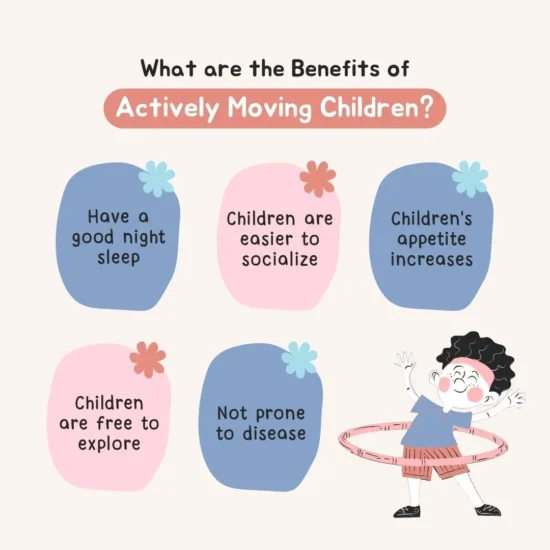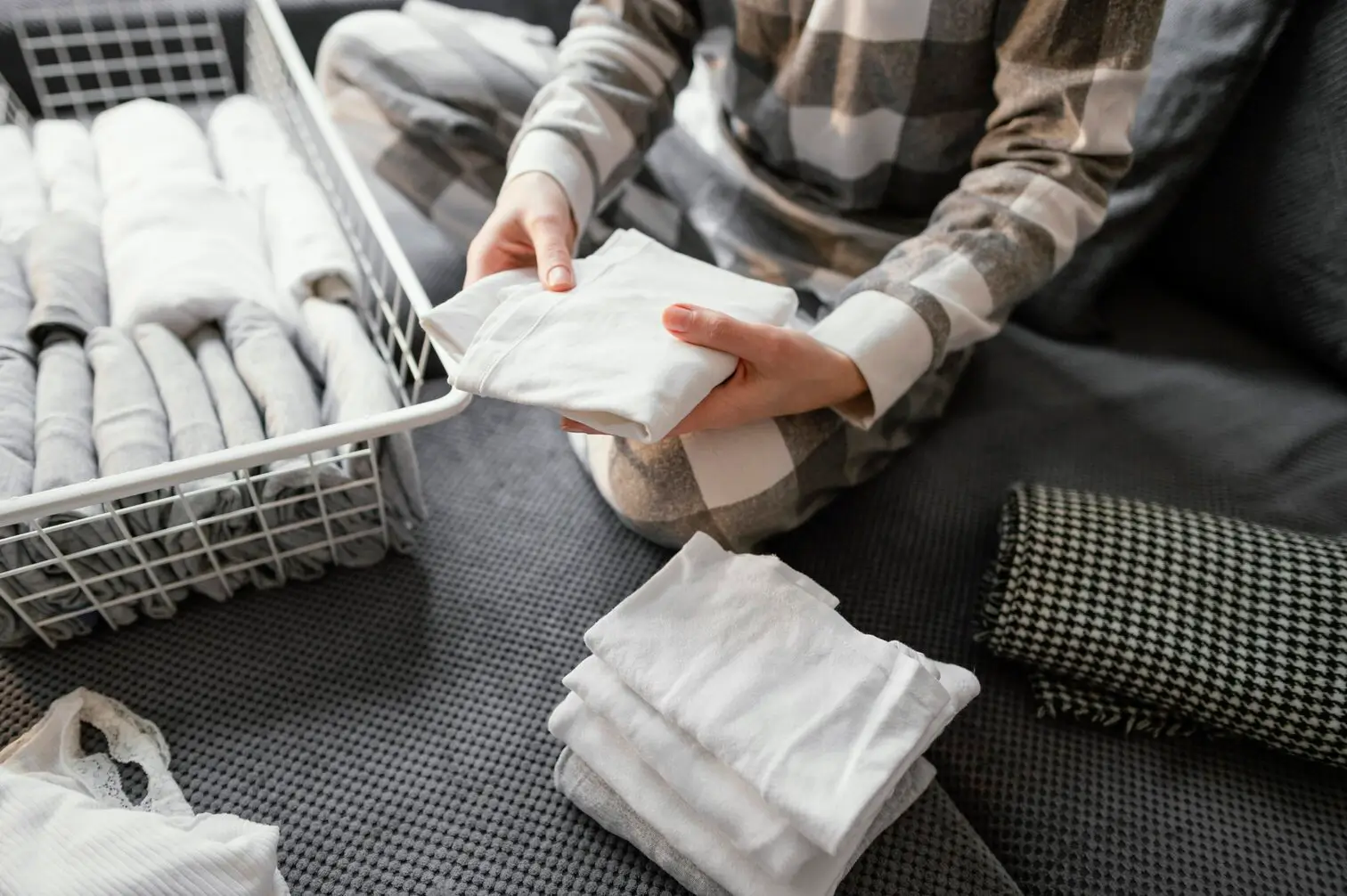Screen free parenting replaces passive screen time with simple, real life connection. It sets clear limits, builds routines, and offers easy swaps that fit regular family life. The goal is not perfection. The goal is a calmer home rhythm that still works on busy days.
What is Screen free parenting?
The idea is simple. Set device limits for children and fill the space with real play, conversation, and rest. Parents still use phones and laptops, just not as constant background noise during kid time. Some families keep exceptions for video calls with relatives or short music clips together. The key is intention and small, steady habits that fit the home. For more ideas and stories from like minded parents who practice a similar approach, explore your site’s Screen Free Kids hub for activity ideas and planning inspiration.

Benefits of screen free parenting for kids
Families usually notice gains in connection, mood, and sleep. The changes tend to show up fast when routines are simple and consistent. Here are the most common benefits, framed as clear points:
-
- Better focus and longer play
Play lasts longer when toys and people get full attention. Kids shift from quick taps to real building, drawing, and pretend play. - Smoother transitions and fewer standoffs
When screens are not the default, moving from one activity to the next is easier. Short routines replace long negotiations. - Stronger language and conversation
More back and forth talk happens at the table, in the car, and during chores. That steady talk supports social growth and early literacy. - Improved sleep and calmer evenings
Lower light and less stimulation near bedtime help bodies settle. Even a single hour of no devices before bed can smooth nights. - Lower stress for caregivers
With simple plans for screen alternatives, adults feel less pressure to provide constant entertainment. The day runs on repeatable blocks. - More creativity and problem solving
Unplugged kids try ideas, test them, and try again. Cardboard, tape, blocks, and markers become full day problem solving tools. - Healthier habits for movement and eyes
More outside time and short indoor activity bursts mean more steps and more sunlight. Breaks for eyes come built in. - Clearer family values around tech
Limits are stated and practiced. Kids learn that screens have a place, but not every place.
- Better focus and longer play
How to get started with screen free parenting without stress
Start small. Pick one daily no screen block, such as breakfast or the hour before bed. Name a few choices for that block like blocks, drawing, reading, or a short walk. Post the plan on the fridge. Celebrate small wins. If devices were a big part of the day, expect some pushback at first. Keep it consistent for a week, then add one more block. Families who like a clear reset often try screen free week.
Keep the plan simple. Announce the week, gather a basket of supplies, and write down three backup ideas for tough moments. Leave room for exceptions you value, like a quick video call with grandparents.

Screen alternatives that work on busy days
Screen alternatives do not need to be elaborate. A screen alternative can be a tray with crayons and sticky notes, or a laundry basket boat ride from room to room. Keep a small shelf of ready to go kits like toy animals and blocks, painter’s tape for roads, or a cardboard box and markers. On very busy days, rotate one fresh kit in the morning and one after a nap. Kids love new, even when it is the same blocks in a new bin.
Note on alternative for green screen
This phrase refers to chroma key video backgrounds and is separate from parenting choices. It is not needed for daily play ideas in this guide.
Screen free activities for toddlers
Toddlers benefit most from hands-on play. Screen free activities for toddlers can be as simple as water in a bowl with measuring cups or a muffin tin with pom poms to sort, along with scooping rice, chunky puzzles, or sticker collages.
For unplugged kids in the early school years, task based games work well such as building a bridge for a toy car, designing a paper towel tube telescope, stacking books to make a ramp, sketching a simple treasure map, or creating a mini obstacle path with pillows and tape. Outdoor activities for toddler are rotate a few kits each week to keep interest high and keep a small bin of screen alternatives ready for quick setups. Use large pieces for small hands and lay down a tray or old sheet so cleanup stays simple.
screen free zones at home
Dinner table and dining area
Meals set the tone for connection. Keeping this space device free boosts eye contact and conversation. Place a small basket of screen alternatives nearby like table talk cards or a mini doodle pad for restless moments. This replaces scrolling with simple family activities at home like rose and thorn sharing.
Living room during family time
This is where habits stick. Name device free blocks like after dinner or Saturday mornings. Keep a tray with cards, blocks, or a short game so a screen alternative is always within reach. Short sessions that end on a high note make the rule easy to follow.
Nursery or playroom
Hands on play thrives without screens nearby. Rotate a few toys weekly to keep interest high. Label simple stations like build, draw, and pretend. These anchors help unplugged kids start play without asking for a device.
Reading nook or study corner
This zone protects focus. Keep only books, paper, and basic supplies in reach. A timer for ten minute sprints helps older kids. For younger ones, a soft mat and two books invite quiet time without screens.
Kitchen during meals and prep
Cooking time turns into light family activities at home. Kids sort utensils, wash veggies, or stir batter. Post a short list of helper jobs at kid height to point at instead of handing over a phone.
Family activities at home that feel fun
Families do best with short sessions that end while energy is still high. Family activities at home that work well include a five song dance set, a fifteen minute board game, or a cookie bake where kids measure and adults handle the oven. Fun at home activities can be as low key as a living room picnic. Fun house activities can be as simple as turning off the main lights and doing a flashlight treasure hunt.
Screen free parenting for summer
Warm weather adds easy wins. Screen free summer plans start with water play using sponges, spray bottles, and a plastic bin. Nature lists turn a walk into a game like finding a tiny leaf, a smooth stone, and a flower shape. Rotate evening choices like backyard chalk, bubble mix, or a blanket for sky watching. Keep supplies by the door so going outside takes less than two minutes.
Screen free week planning with simple rules
Some families like a formal reset with screen free week. Pick dates. Clear obvious friction points by charging devices in one spot, not the bedroom. Write three ground rules on paper like what stays off, what stays on, and what counts as an exception. Post a menu of five substitutes such as a drawing table, blocks, music and dancing, a story basket, and outdoor time. By midweek, the routine starts to feel normal.
Things to do for kids when adults are working blocks
Work still happens. Keep a list of things to do for kids that require very little help like sticker collages, kinetic sand, painter’s tape mazes, or stacking cups. Mark green light activities that make the least mess. Create a one song reset. Put on a single track, tidy together, and swap the activity.
This preserves momentum and gives adults a window to finish a task. If a longer stretch is needed, set up an invitation on the table before the work block begins. Label it with a sticky note like build a bridge for two cars. Clear targets spark focus and cut down on wandering.
Alternatives to screen time during travel and waiting
Waiting rooms and road trips invite screens, but simple alternatives to screen time can help. For toddlers, snack necklaces and spy cards work anywhere, while early readers stay busy with scavenger lists and map tracing to make time pass. A small zipper pouch with crayons and mini notepads covers most delays, and keeping the pouch in the bag means it never gets left behind.
Add a tiny travel kit for screen free parenting with stickers, washi tape, and a mini puzzle, and use audio stories or singalong playlists as a screen alternative for unplugged kids. Pack pipe cleaners, reusable wipe boards, and a few dice for quick games, then rotate non screen activities for kids at each stop so ideas feel fresh. Keep a short list of things to do for kids on a phone spy colors, count red cars, or draw nearby sights and, if schedules get busy, try a light screen free week before a trip to practice these swaps.
Home routines that make screen free parenting stick
Three small routines do most of the work in screen free parenting. First, a morning reset that makes beds, opens curtains, and places one activity on the table. Second, an outdoor anchor with at least one short walk or backyard session daily. Third, an evening wind down with low lights, a bath, and two books. These anchors keep screen free parenting steady without constant negotiations.
If devices are part of family life, boundaries help. Choose one or two screen free zones such as the dinner table and bedrooms. Charge devices in a common spot, not next to a pillow. If a show is allowed, set a limit and watch together, then turn it off at the agreed time. Consistency beats perfection.
Conclusion
A calm routine beats constant negotiating. Pick a few blocks, prep simple choices, and keep devices in their lane. With screen free parenting, play grows, sleep smooths out, and family time feels lighter without perfect schedules or complicated crafts.




